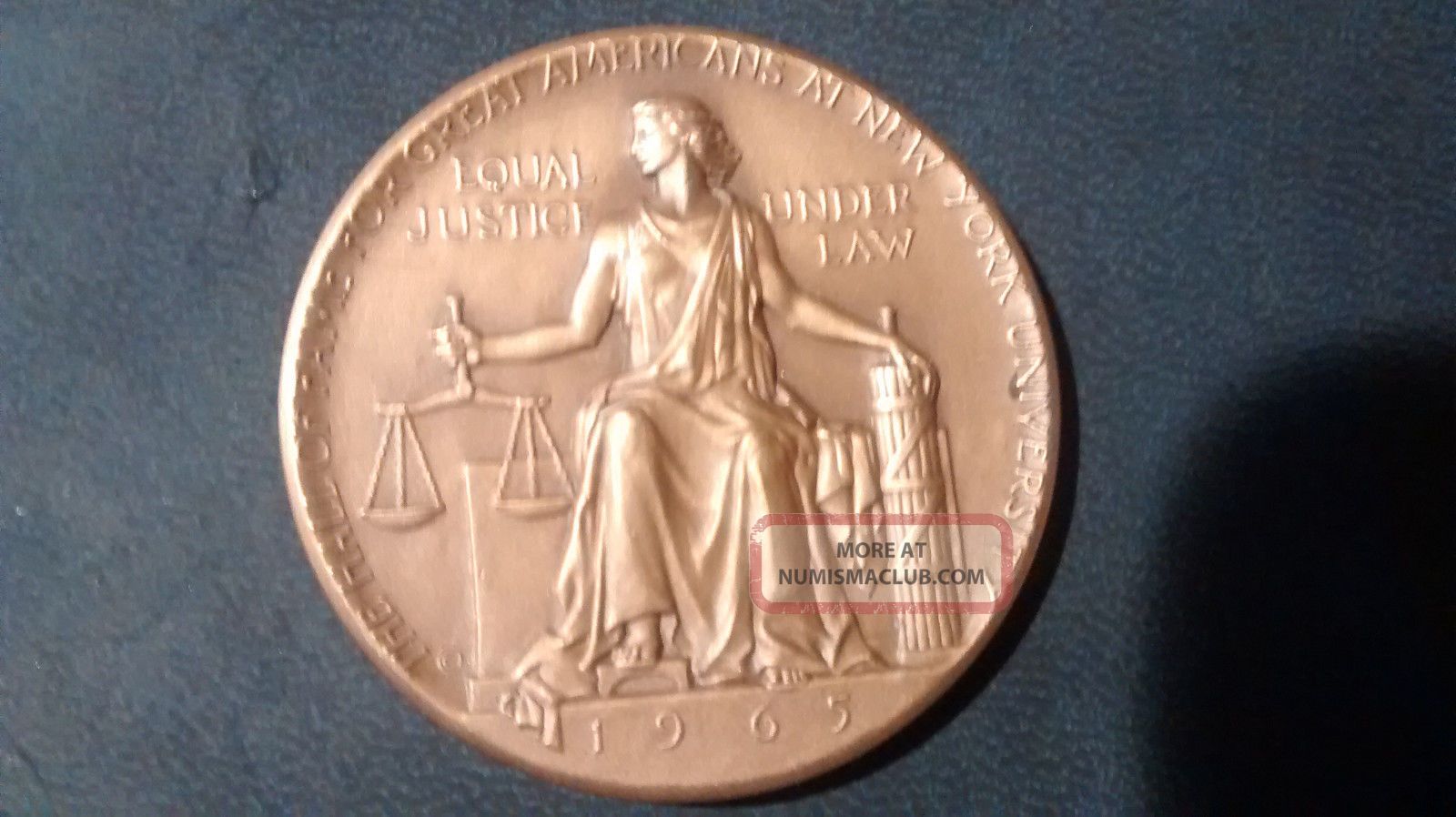


McIntosh was intended to "protect" any interest other than security of the chain of title derived from royal grants and colonial "discovery."Īfter the Marshall trilogy, federal primacy over indigenous peoples would be presented as "protection" and this image would come to dominate "federal Indian law." Marshall's adoption of "Christian discovery" as the foundation of land title in the United States has only rarely been seen for what it is: a subjugation of indigenous peoples to 15th century theological and colonial legalisms, in derogation of their status as free and independent nations.īy Peter d'Errico, Legal Studies Department, University of Massachusetts/Amherst Whatever the rhetoric of "protection" in the subsequent Cherokee Nation and Worcester cases, it is clear that nothing in Johnson v. McIntosh created a legal framework for property law on a foundation of subordinate Indian occupancy and superior Christian empire. McIntosh, the first of the Marshall "Indian trilogy," constitutes one of the most ambitious efforts in legal history to tailor new clothes for an emperor.įar from being an "advocate for Indians," Chief Justice John Marshall may be seen as advocating a concept of "tribal quasi-sovereignty" that filled an important role in the United States system of land title. Copyright © 2000 by Journal of the West, Inc. This essay originally appeared in Journal of the West, vol.


 0 kommentar(er)
0 kommentar(er)
